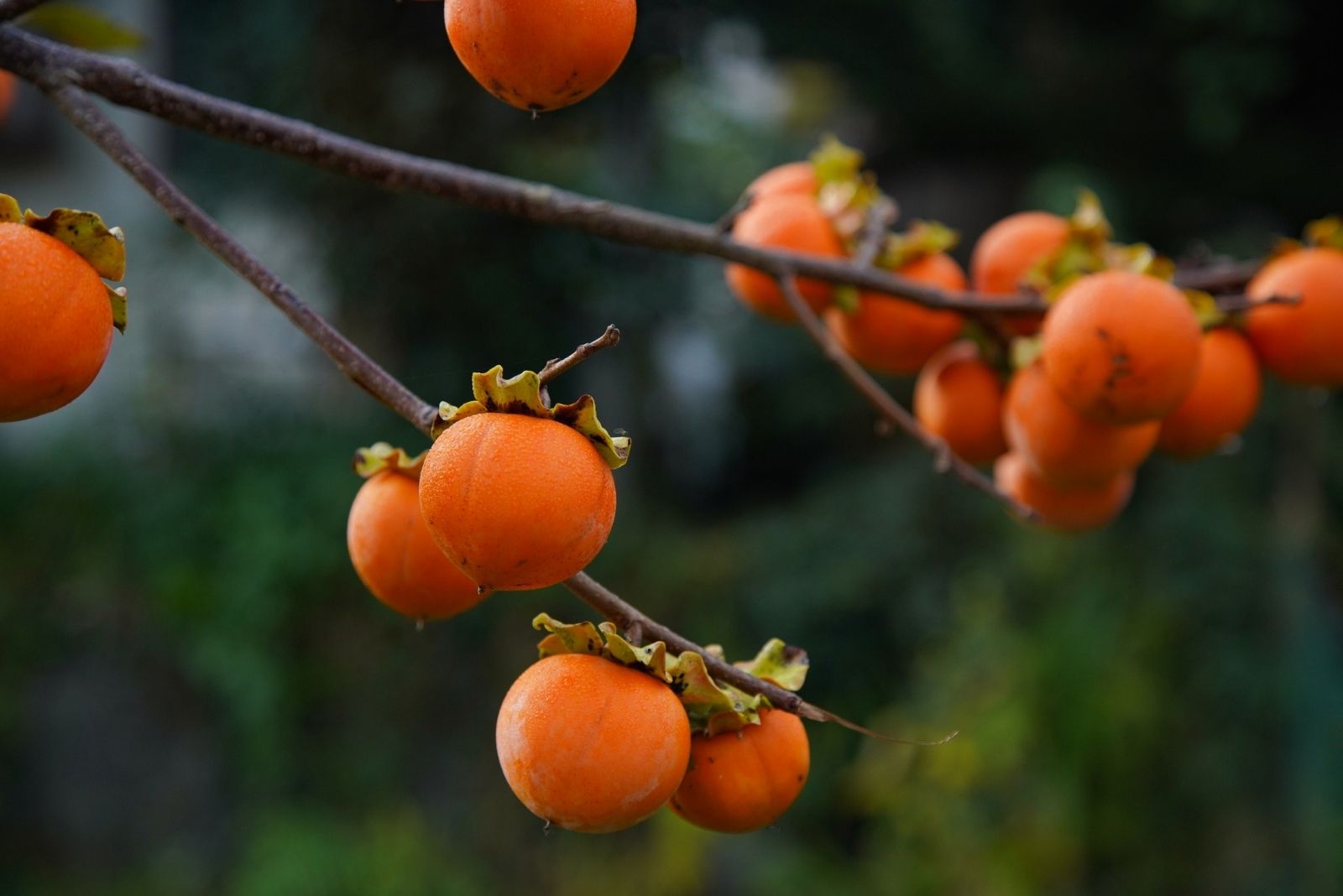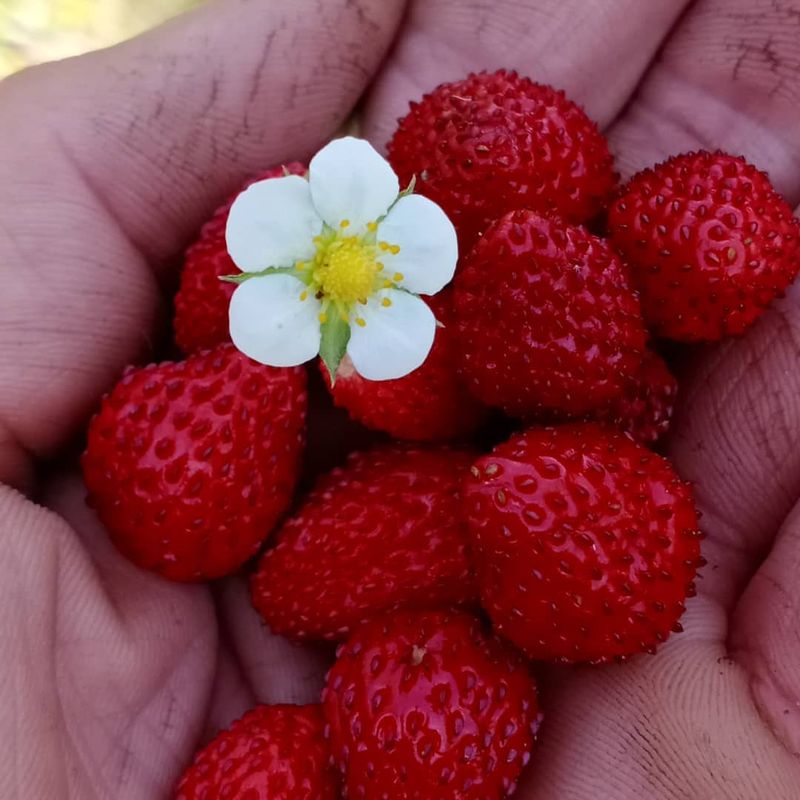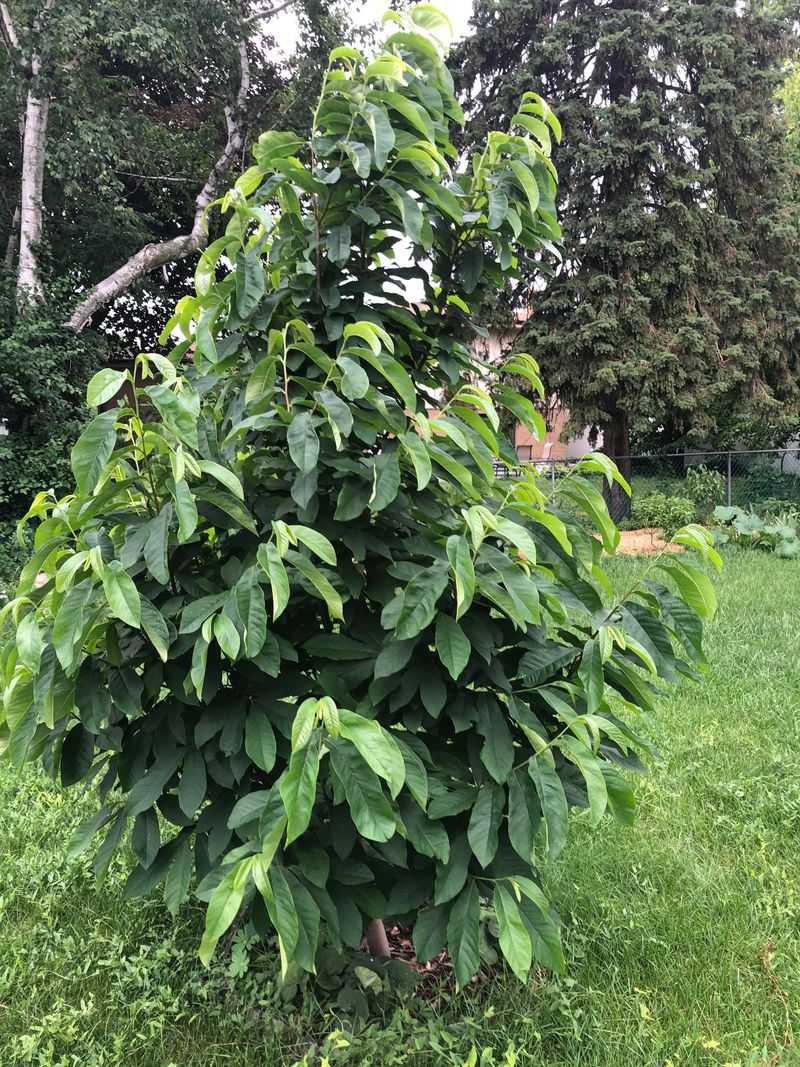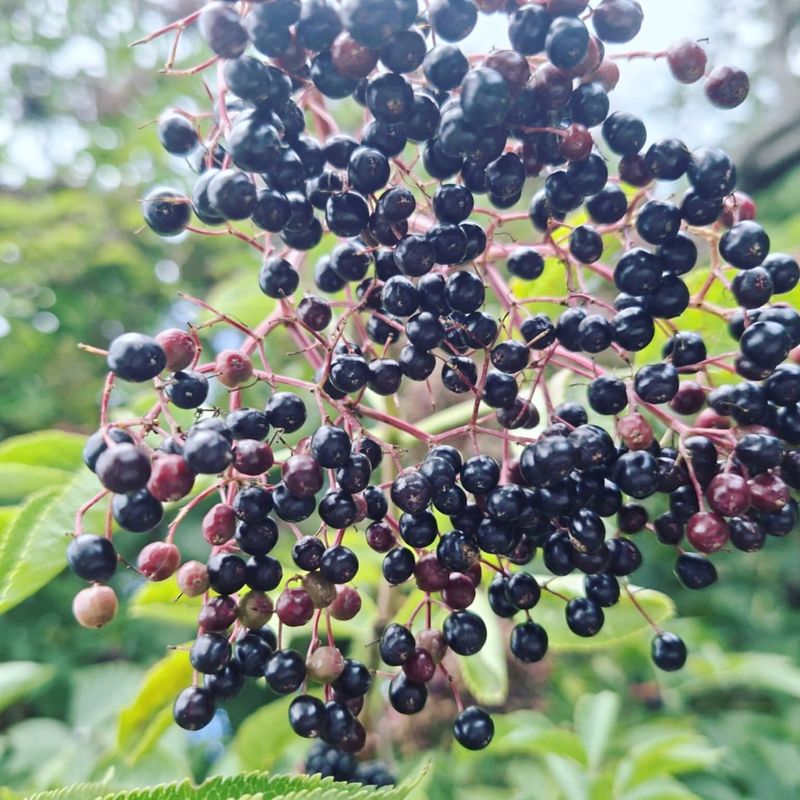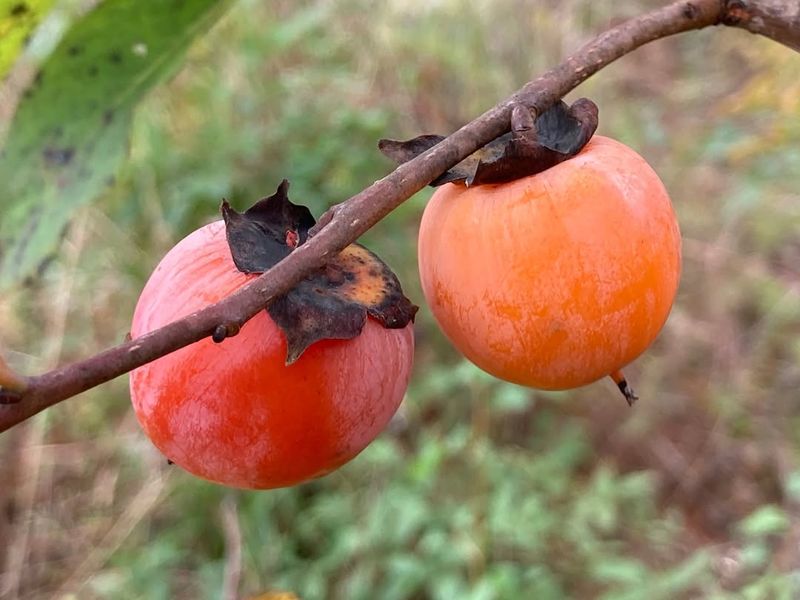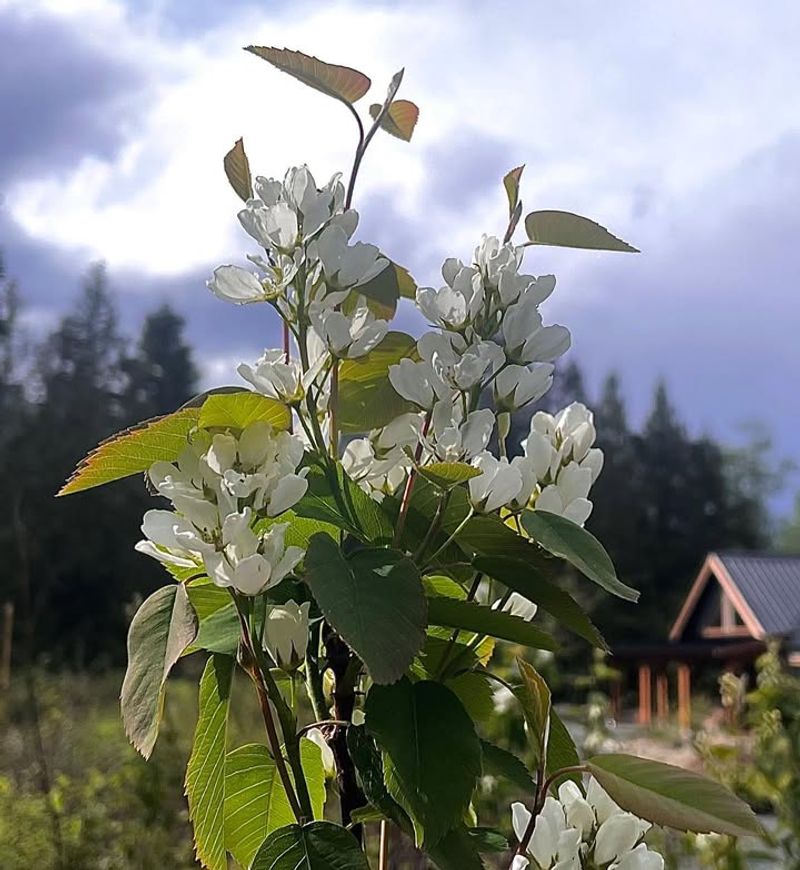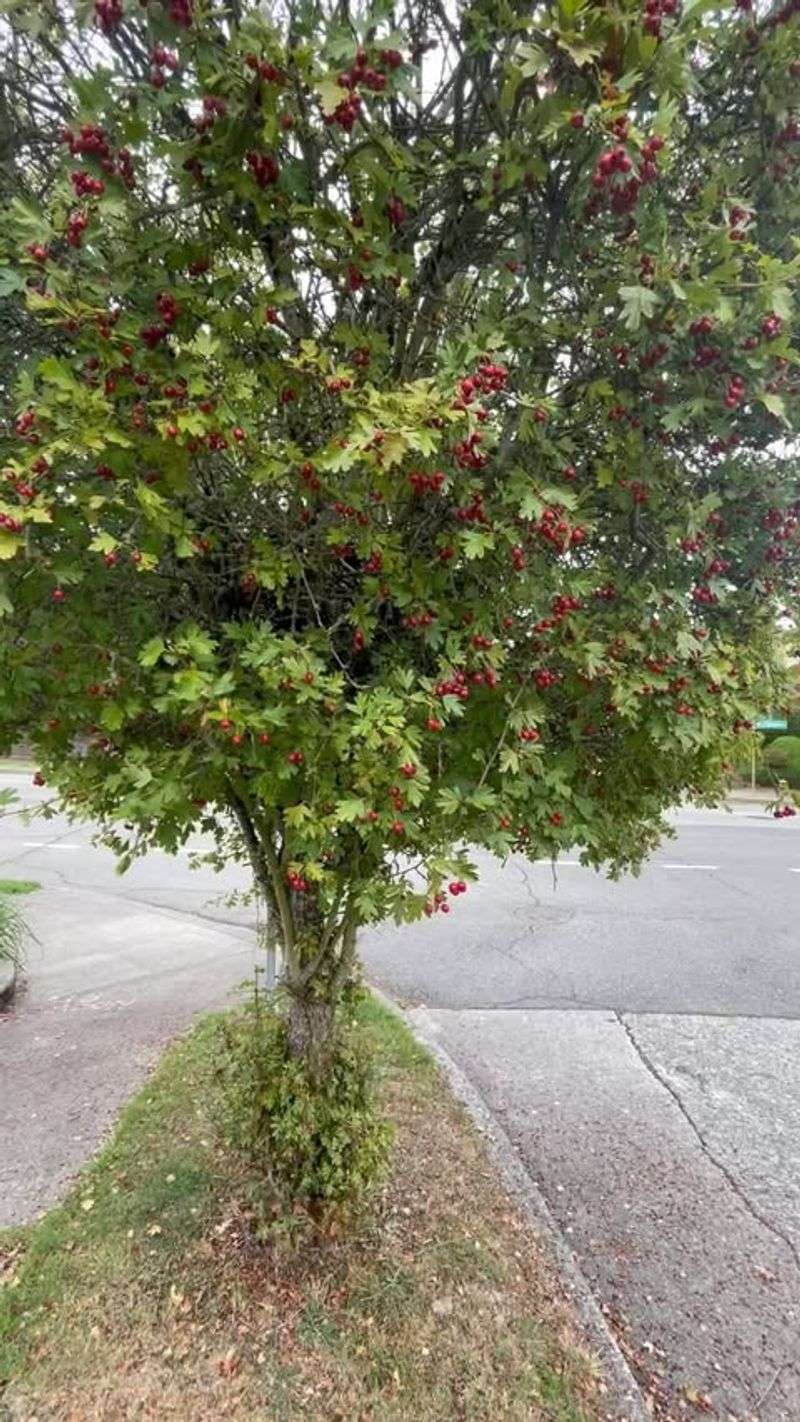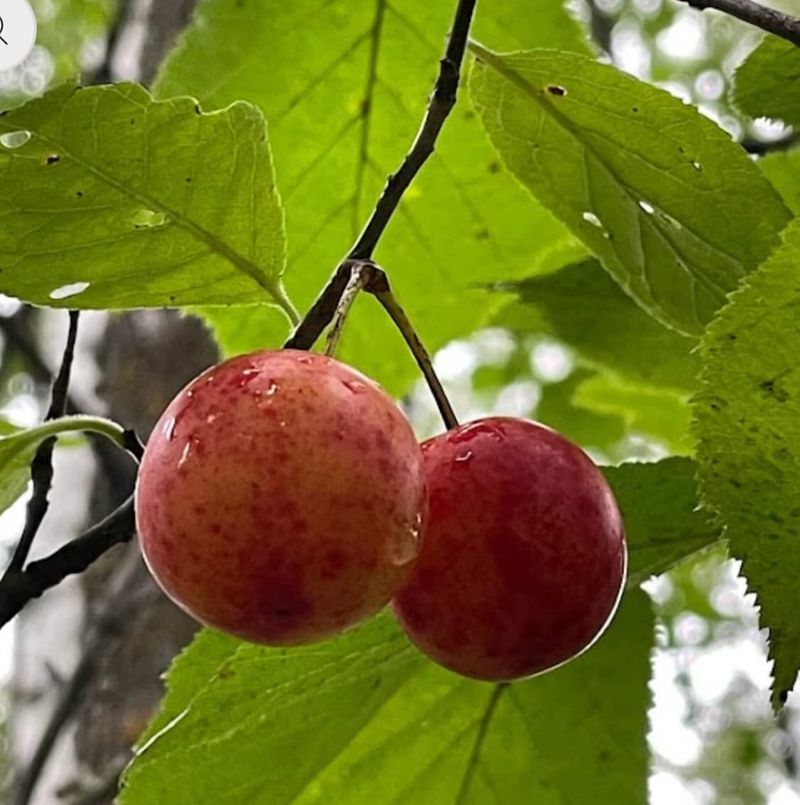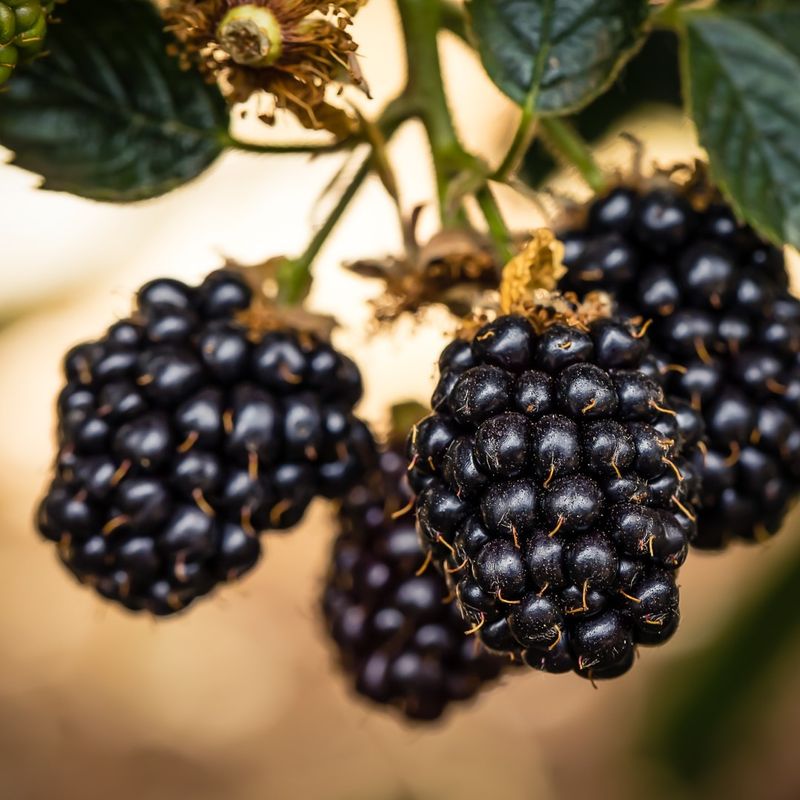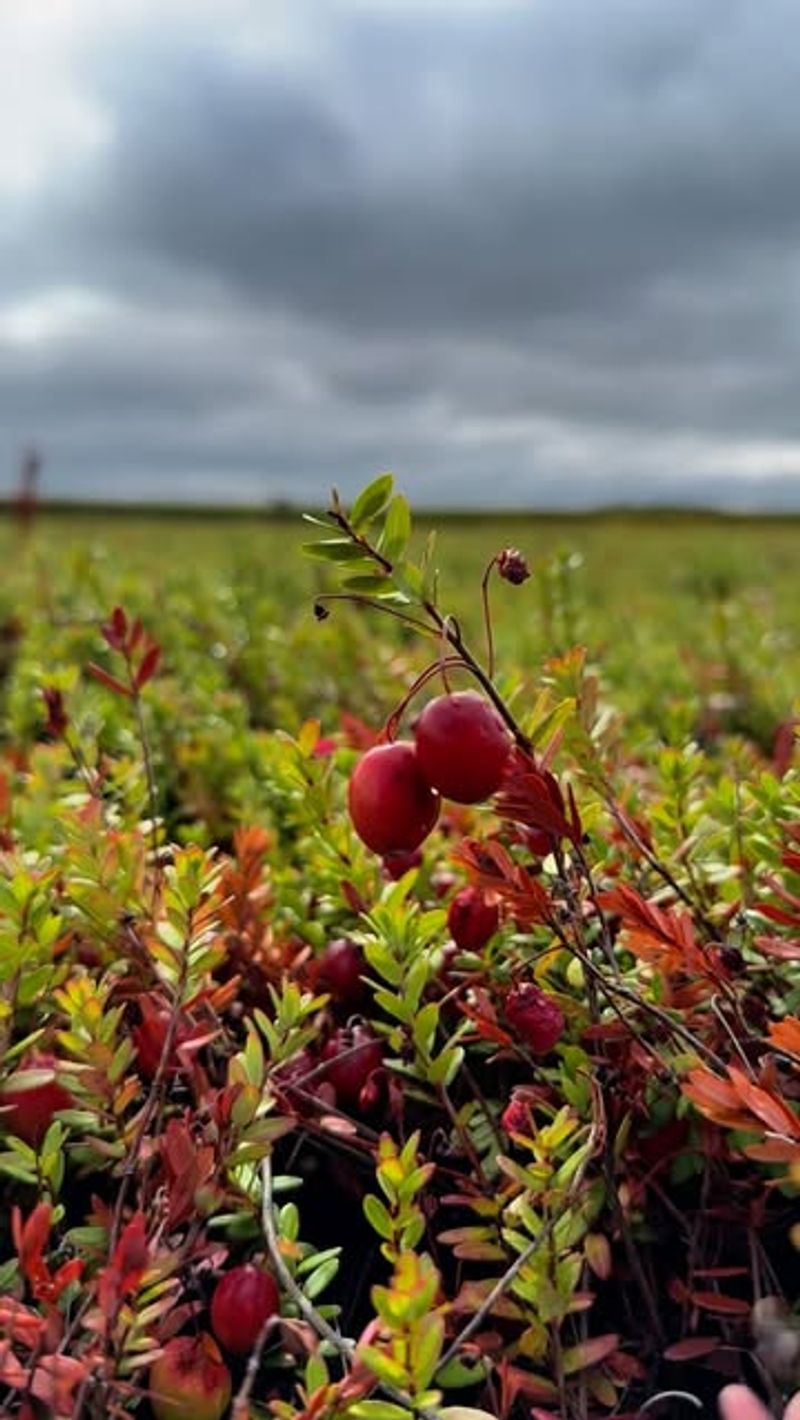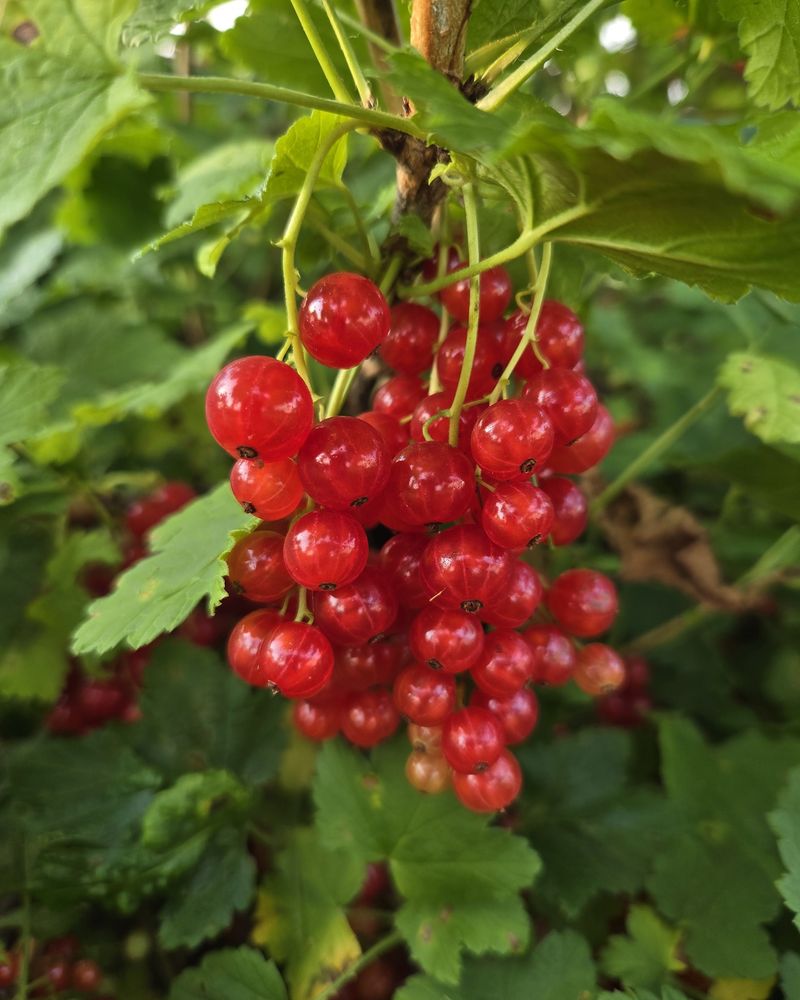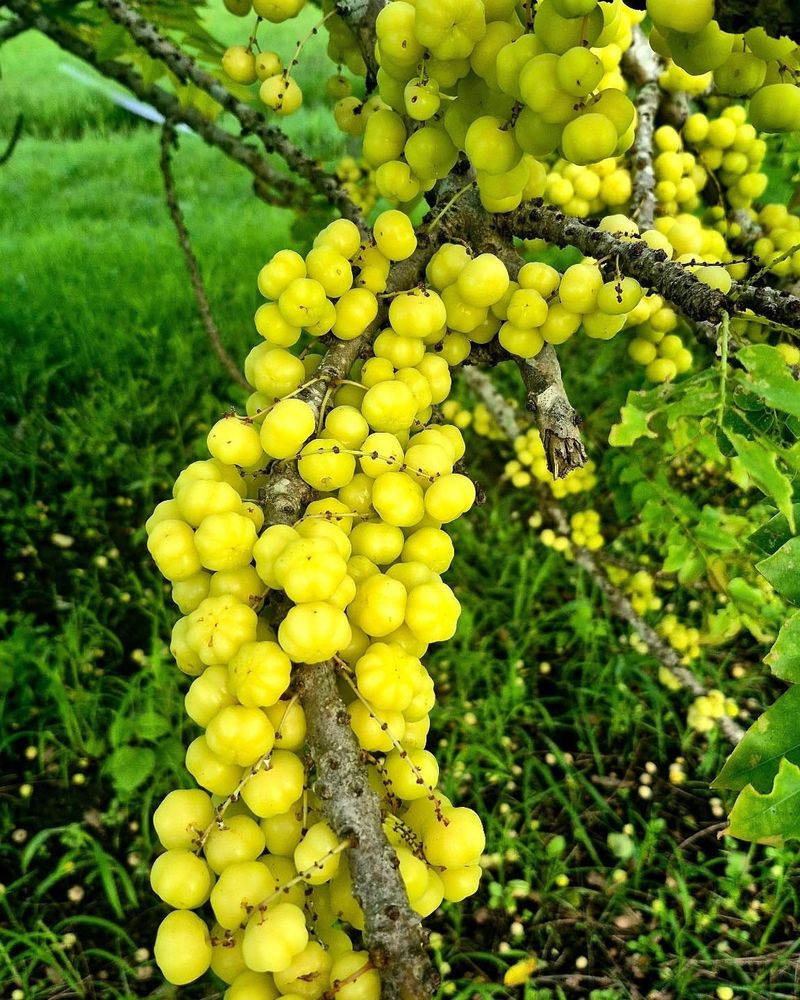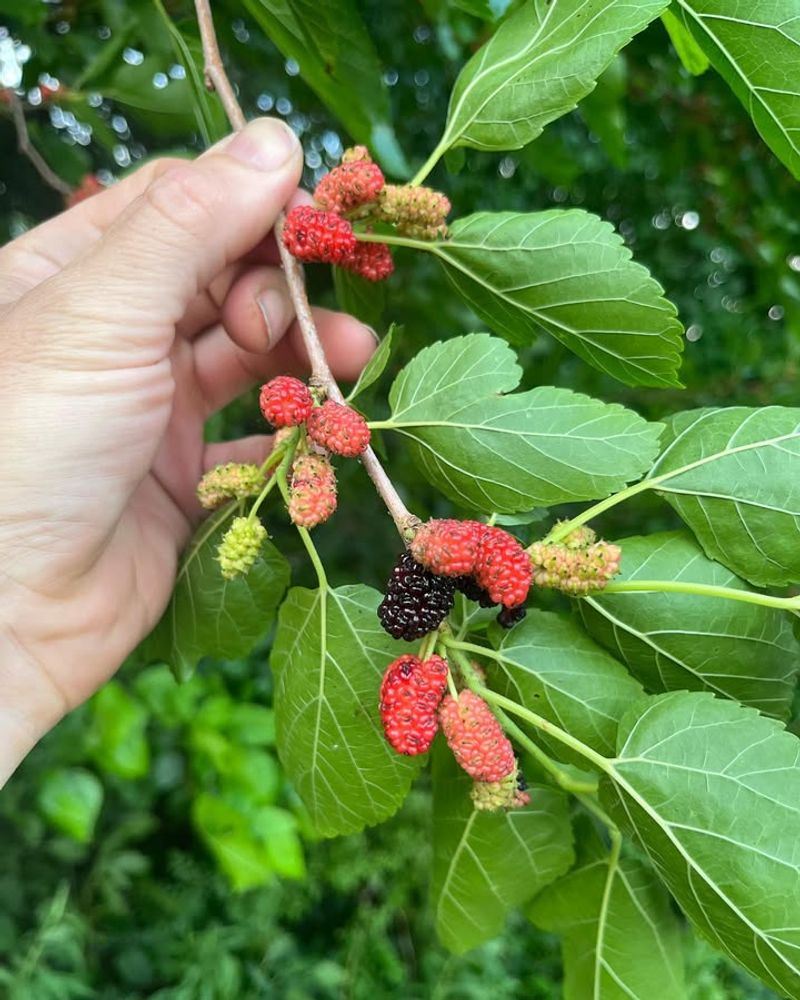October in Delaware might signal cooler weather, but it doesn’t mean your garden has to go dormant. Many fruit seeds actually benefit from fall planting, using the winter months to stratify naturally before spring germination.
From my experience in a Delaware garden, I’ve found that starting seeds in October gives some fruit plants a head start before winter, leading to stronger seedlings when temperatures warm up again.
1. Alpine Strawberries
Cold stratification happens naturally when seeds overwinter outdoors, making October an ideal time for sowing. Delaware’s fluctuating fall temperatures provide the perfect conditions for breaking seed dormancy. I’ve always had better germination rates starting these in autumn rather than spring.
Scatter seeds lightly on moist potting mix without covering them, as they need light to sprout. Keep containers in a sheltered spot outdoors or in an unheated garage. Water sparingly to prevent rot during the colder months.
By March, you’ll notice tiny green shoots appearing as temperatures rise. These compact plants produce small, intensely flavored berries throughout summer. They’re excellent for Delaware gardens since they tolerate partial shade better than standard varieties.
2. Pawpaw Trees
Native to our region, pawpaws require a cold period to germinate successfully. Fresh seeds planted in October will naturally stratify through winter, eliminating the need for refrigerator treatment. This tropical-tasting fruit thrives in Delaware’s climate zones.
Plant seeds about an inch deep in well-draining soil enriched with compost. Choose a location with afternoon shade, especially for young trees. Moisture retention is important, so mulch around the planting area generously.
Germination won’t occur until spring, but the wait is worth it. Pawpaws develop deep taproots quickly, making fall planting advantageous. For me, starting pawpaw seeds in October has always resulted in healthier root systems by the following summer.
3. Elderberries
These hardy shrubs respond exceptionally well to fall seed starting. Seeds need cold moist stratification lasting several months, which Delaware winters provide naturally. Elderberries are incredibly forgiving once established in our region.
Mix seeds with damp sand and sow them in outdoor containers or directly in prepared garden beds. They prefer slightly acidic soil with good drainage. Position them where they’ll receive full sun to partial shade.
Patience is essential since germination can take until late spring or even early summer. Once growing, elderberries produce clusters of nutritious berries perfect for syrups and jams. I’ve noticed that October-planted seeds develop more robust root systems than spring-started ones.
4. American Persimmon
Another Delaware native, persimmon seeds absolutely require cold stratification to break dormancy. October planting allows nature to do the work for you over winter months. These trees eventually provide sweet, astringent fruits beloved by wildlife and people alike.
Clean seeds thoroughly and plant them about two inches deep in loose, fertile soil. Select a sunny location with adequate space, as these trees can grow quite large. Water the area well after planting, then let winter rains take over.
Germination typically occurs in late spring when soil warms consistently. Young seedlings grow slowly initially but accelerate once established. From my observations, fall-planted persimmons develop stronger cold tolerance than those started indoors.
5. Serviceberry Shrubs
Also called Juneberries, these produce delicious fruits similar to blueberries but with an almond-like flavor. Seeds planted in October undergo the necessary cold treatment naturally. Delaware’s climate is perfect for these adaptable shrubs.
Sow seeds in containers filled with sandy loam and leave them outdoors through winter. They need consistent moisture but excellent drainage to prevent rotting. Partial shade works well, though full sun increases berry production.
Expect germination around April or May as temperatures stabilize. Serviceberries are remarkably low-maintenance once growing. I’ve found that starting them in fall produces bushier plants compared to spring planting, likely due to earlier root development.
6. Hawthorn Trees
Known for their medicinal berries and ornamental value, hawthorns need extended cold stratification. October sowing means seeds will be ready to sprout by late spring. These tough trees handle Delaware’s variable weather exceptionally well.
Plant seeds about half an inch deep in well-prepared soil with good organic content. Full sun is preferred, though they tolerate some shade. Ensure consistent moisture during the first growing season after germination.
Germination can be unpredictable, sometimes taking two springs to occur. Don’t give up on seeds that don’t sprout the first year. For me, patience with hawthorn seeds has always paid off with beautiful, productive trees.
7. Wild Plum
Native wild plums produce tart fruits perfect for preserves and attract beneficial pollinators in spring. Seeds require cold moist conditions to germinate, making October ideal. These trees are well-adapted to Delaware’s soil and climate.
Bury seeds about an inch deep in loose soil amended with compost. Choose a sunny spot with good air circulation to minimize disease. Water thoroughly after planting, then rely on natural precipitation.
Germination typically happens in spring, though some seeds may wait another year. Wild plums sucker readily, eventually forming thickets if not managed. I’ve noticed that fall-planted wild plums establish faster and fruit sooner than spring-started ones.
8. Blackberries
While often propagated from cuttings, blackberries can be grown from seed with proper timing. October planting allows seeds to cold-stratify naturally through winter. Delaware’s mild winters are perfect for this process.
Scatter seeds on the surface of moist seed-starting mix in containers. Press them lightly but don’t cover completely. Store containers in a protected outdoor location or unheated shed.
Germination begins as soil temperatures rise in spring, usually around March or April. Seedlings grow vigorously once established and may produce fruit within two years. For me, starting blackberry seeds in October has resulted in hardier plants with better disease resistance.
9. Cranberries
Though challenging, cranberries can be started from seed in Delaware with the right conditions. October sowing mimics their natural germination cycle in the wild. These plants need acidic, consistently moist soil to thrive.
Mix seeds with damp peat moss and sow in containers filled with acidic potting mix. Keep soil saturated but not waterlogged throughout winter. Partial shade helps prevent soil from drying out quickly.
Germination is slow and sporadic, often taking several months. Cranberries require patience and specific growing conditions, including bog-like moisture levels. I’ve had success keeping containers in saucers filled with water to maintain constant moisture.
10. Currants
Both red and black currants grow well from fall-planted seeds. Cold stratification improves germination rates significantly. Delaware gardeners can successfully grow these productive shrubs with minimal effort once established.
Sow seeds in containers with well-draining potting soil mixed with compost. Place containers outdoors in a sheltered location through winter. Water occasionally to prevent complete drying, especially during warmer spells.
Seedlings emerge in spring as temperatures warm consistently. Currants prefer cooler growing conditions, making Delaware’s climate suitable. From my experience, October-planted currant seeds produce bushier plants that fruit earlier than those started indoors in spring.
11. Gooseberries
Close relatives of currants, gooseberries also benefit from fall seed planting. Cold temperatures break seed dormancy naturally over winter months. These hardy shrubs tolerate Delaware’s climate variations exceptionally well.
Plant seeds in containers filled with sandy loam enriched with organic matter. Position them outdoors where they’ll receive winter’s cold without becoming waterlogged. Light watering during dry periods helps prevent complete desiccation.
Germination occurs in spring, producing sturdy seedlings by early summer. Gooseberries produce tart fruits perfect for pies and preserves. I’ve found that starting gooseberry seeds in a tray outdoors in October has always resulted in stronger seedlings by spring.
12. Mulberries
Fast-growing and productive, mulberries grow readily from fall-planted seeds. Cold stratification isn’t absolutely required but improves germination rates. These trees adapt well to Delaware’s varied soil types and weather conditions.
Sow seeds about a quarter-inch deep in prepared garden beds or large containers. Choose a location with full sun and adequate space for growth. Water well initially, then reduce watering as temperatures drop.
Germination typically begins in late spring when soil warms sufficiently. Mulberry seedlings grow rapidly and may reach several feet in their first season. For me, October planting has consistently produced more vigorous mulberry trees than spring-started ones.

